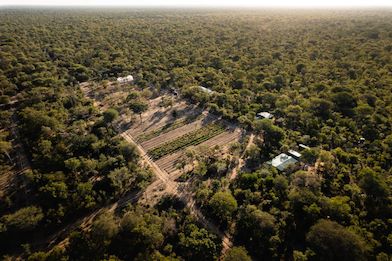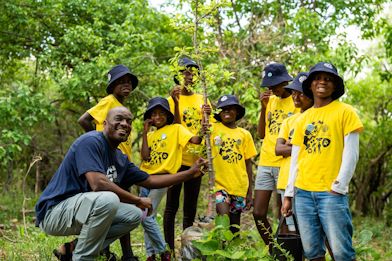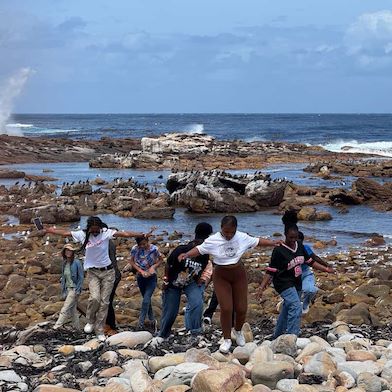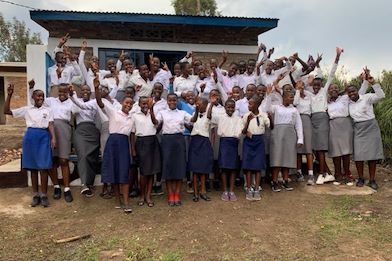Drums were once played in every facet of African culture (beliefs, practices, religion, identity, dress and consumption practices or food). They were and are still used for communication in African communities to send messages over long distances.
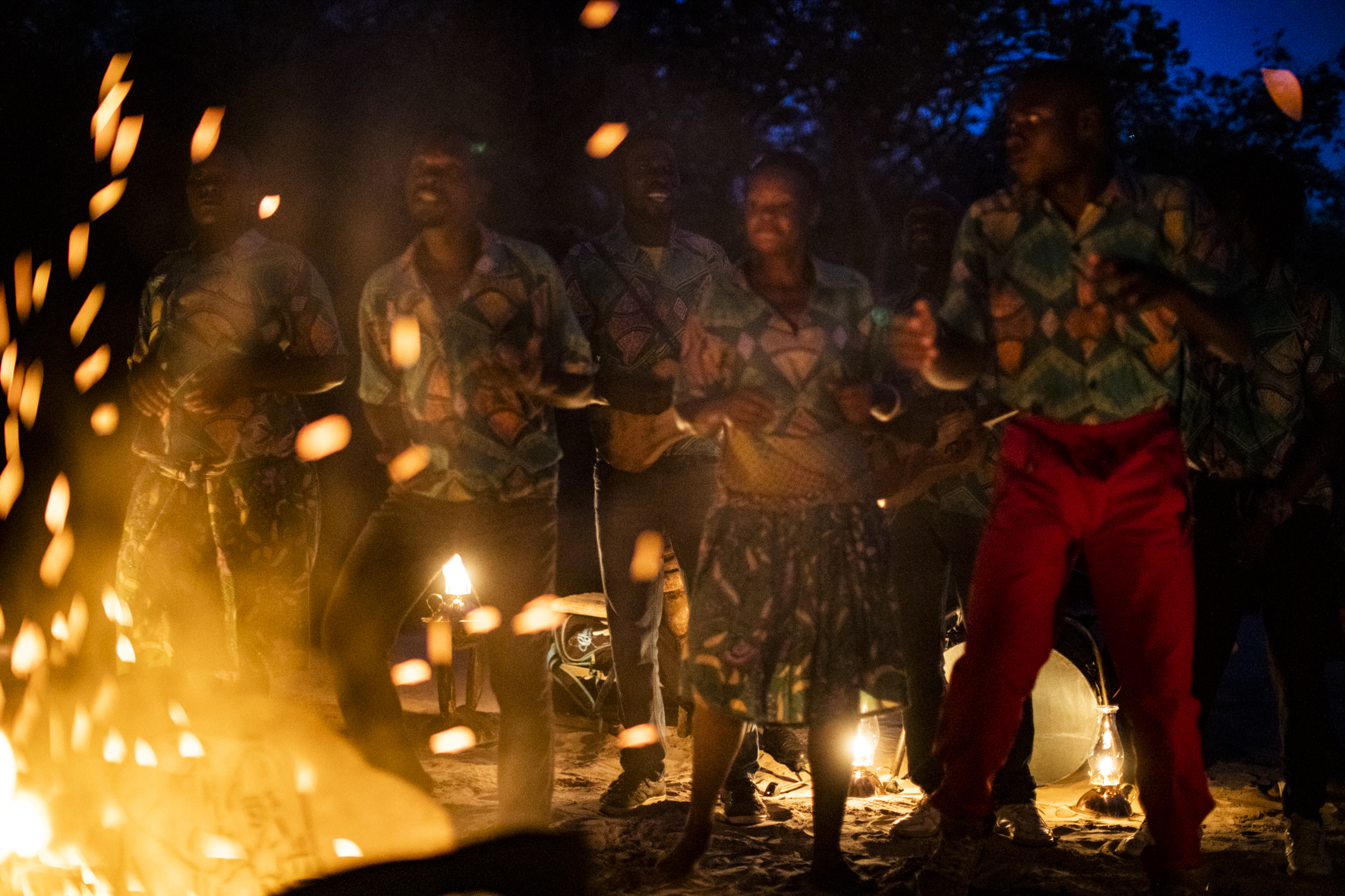
My first exposure to this practice was at the death of my paternal grandmother. Without having to physically send someone to the neighbouring homesteads and villages, a drummer was assigned by my father to beat the message through the drum, and sure enough people began to arrive at our home from distances of up to 20 km, prepared for a funeral. To witness the use of the drum in such an un-choreographed life event still evokes emotions in me more than thirty years later.
The language of the drum is a sensitive one, and long messages, poems and clan praises can be beaten out. Messages on the drum beat can be multi-lingual and can require a drummer to be schooled in different codes and languages. African languages and dialects are tonal, and the tone of a word – high or low- determines its meaning. In contrast, drums have only one tone and volume as variables, therefore they cannot produce word for word imitations of speech through sound. The drum beats or texts contain set series of beats used as phrases, and listeners who know the codes and languages recognize the phrases. In some beliefs [1] drums are also believed to hold a soul, spirit or paranormal power and should not be passed among many owners or performers, for the anima may take offense.
In strict African culture there are usually rules regulating the use of drums. Culturally, drummers did not carry their own drums, did not teach their sons to drum, and women had various restrictions dependent on origin, on the use and etiquette of drum use [2]. This with time, has changed. African tales are filled with narratives of the spiritual power a drum can have, for healing, for war, for power and as a scourge to people. The sacred drum of vhaVenda, Ngoma-lungundu, the “drum of the dead [or] ancestors”- was culturally regarded as the voice of God. No-one except the king and the assigned drummer were permitted to see or beat the drum. Ngoma-lungundu is said to have had mystical powers and that during migration, much like the Israelites’ Ark of the Covenant, the drum was enclosed so that the carriers could not see, and by regal instruction, were never to drop it. The story continues that on the first occasion the drum was dropped, the king sent a storm during which lions killed many people. On the second occasion, enemies massacred the tribe and captured the drum. Academics locate this drum today in the Museum of Human Sciences in Harare, Zimbabwe[3].
Drums accompany different modes of communication among earthlings, and in communication between realms, with the intangible/spiritual worlds. They are used to accompany singing, dancing, healing, mourning, as a status symbol, for entertainment and even storytelling. The Vimbuza dance of the Tumbuka people of northern Malawi, forms part of a rich African tradition of psychiatric healing using drum beats. “Singing and drumming cohere into powerful experiences, providing a space for patients to dance their disease (kuvina nthenda)” . Many visitors and tourists who are not aware/conscious of some of African traditions and practices reduce such dances that are spiritual and have medical benefits to the body and spirit, to a form of entertainment without recognizing deeper meanings and uses.
The Lozi king, Litunga, in Zambia maintains his own drummers who accompany him during the Kuomboka festival, travelling on his royal barge in between his homes from the plains (Lealui) to the highland (Limulunga). The Maoma (royal Lozi drums) announce the event and their only other use is as an alarm or to announce war. Maoma drums are a set three of drums that have individual meaning. The mwamwa or mufula is a long drum used to announce and send messages to the Lozi people, it is never used to send death messages. The sikumwa has a hoarse tone while the mundili tone can be said to produce the tenor and alto sounds [5].
In Zimbabwe the mbende or Jerusarema dance is a fertility dance driven by a single polyrhythmic drummer. The drum is called mitumba and this fertility dance is named after the mole which traditionally was regarded as a symbol of fertility, sexuality and family. The dance has suggestive sexual moves which are said to imitate a burrowing mole, but is feared to be losing its original character and meaning as the vulgarization as an exotic animated dance for tourist audiences is now widespread. It is also used at other contemporary public functions where it is removed from its original context. Although drumming was discouraged by early missionaries this has changed. Drums have now been incorporated for praise and worship in many African Independent, some Protestant as well as mainstream Catholic Churches. The naming of the mbende to Jerusarema (Jerusalem) is analysed by scholars to have served as a foil, and resistance by black Africans to the efforts of colonists to control and determine their cultural beliefs and practices through religion.
So wherever you travel in Africa and you hear the booming of a drum, remember there is a rich history and purpose in the sound, and you should try and understand the message.
________________________________________
[1] Examples are the Ashanti, and buGanda among many others.
[2] There are numerous references in different cultures that mention types of drums women were/are allowed to play. Some problems mentioned for some cultures are the positioning of the drum between the legs to play it, in others it was only restricted during breast feeding or menstruation.
[3] Parfitt, T. (2008) “The Lost Ark of the Covenant”, London/New York: Harper Collins
[4] “Vimbuza Healing Dance” Read the article here.
[5 Kabimbi M K (2014), “Functions of siLuyana and ciLunda Royal Court Languages at Lealui and Mwansabombwe Palaces in Zambia – A Comparative Study” Read the article here.
